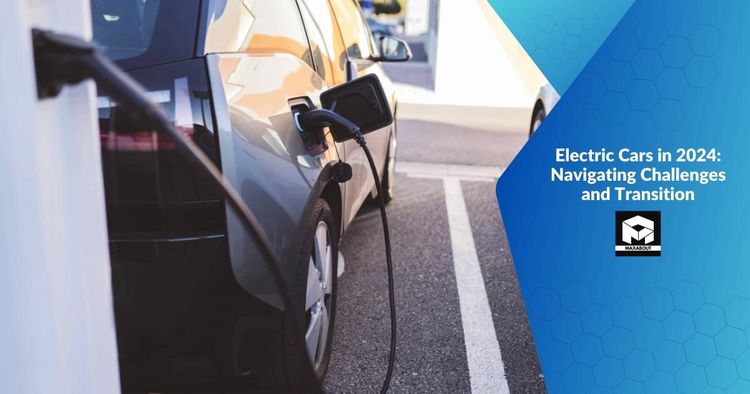Introduction
As we step into 2024, the electric car landscape is grappling with various challenges. Major automotive players like Audi have postponed their shift to electric vehicles until 2030, while Jaguar is teetering on the brink as it awaits its anticipated transition next year. Additionally, industry giants Ford and GM appear to be scaling back their electric endeavors, and other manufacturers are contemplating drastic measures, such as closing dealerships, largely attributing their financial struggles to weak demand for electric cars.
Navigating this period of transition is particularly complex, especially given that the entire ecosystem was ill-prepared for the abrupt pivot to electric vehicles. Despite the current turbulence, optimism prevails, with a belief that the industry will find stability by the close of the decade. Forecasts suggest the emergence of new carmakers, while existing ones may undergo transformations, including acquisitions or closures, all in response to this transformative shift.
The Practicality of Electric Cars
When delving into the selection of the best electric cars, it becomes imperative to comprehend the criteria that determine what qualifies as the "best." Drawing from personal experience of owning two fully electric cars and a plug-in hybrid, it becomes apparent that, for many, the latter presents a more practical choice owing to the current limitations in charging infrastructure for longer journeys.
A prevalent issue in many electric cars on the market is the amalgamation of internal combustion engine (ICE) and electric technology, resulting in reliability concerns. Optimal choices, therefore, lean towards ground-up electric cars boasting a range of at least 300 miles—sufficient for relying primarily on home charging. For those with daily commutes exceeding 200 miles, a strategic decision might involve waiting until 2026, a timeframe when electric vehicles with extended ranges and more advanced batteries are anticipated.
Cars equipped with NACS (Tesla’s North American Charging Standard) ports are preferable, considering the industry's discernible shift towards this standardized approach, likely enhancing the resale value of the vehicle.
The Five Best Electric Cars
Tesla Model 3: Tesla's recently updated Model 3 stands out as a practical, well-priced option, possessing not only aesthetic appeal but also a commendable range of 333 miles. Priced starting at $30,000, the fully configured version hovers around $45,000, offering a compelling value proposition.
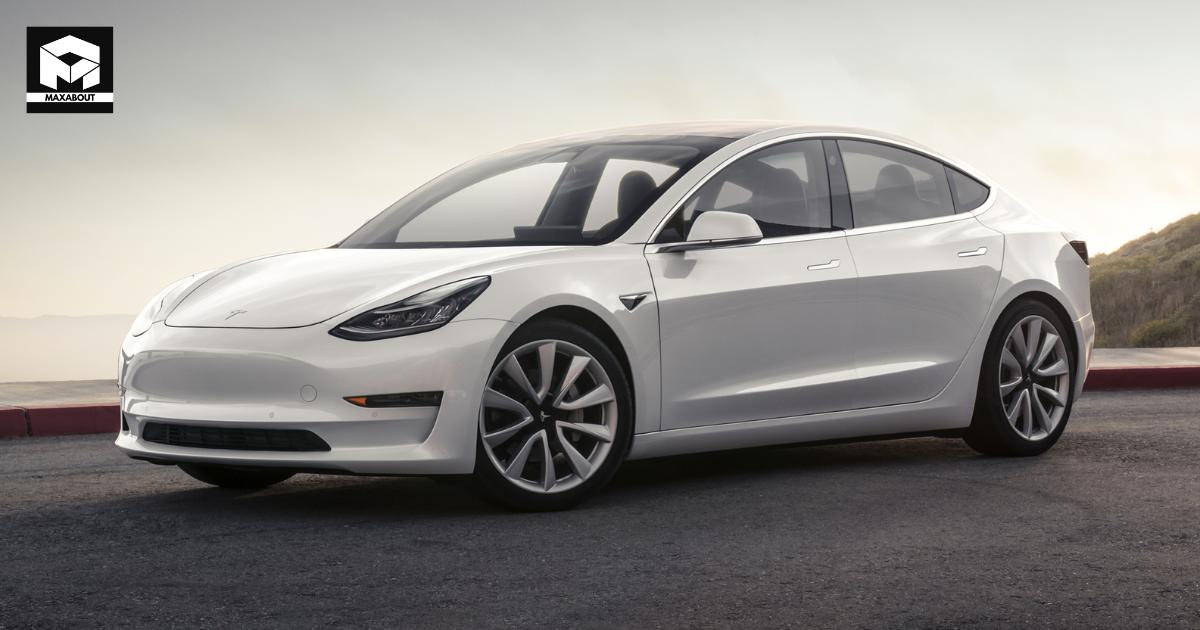
Lucid Air Sapphire: Positioned as a high-performance luxury vehicle, the Lucid Air Sapphire is distinguished by its impressive 1,234 horsepower, a swift 0-60 time of 1.89 seconds, and a commendable range of up to 427 miles. While its fully configured price reaches around $250,000, it is deemed a no-compromise electric car for those seeking top-tier performance.
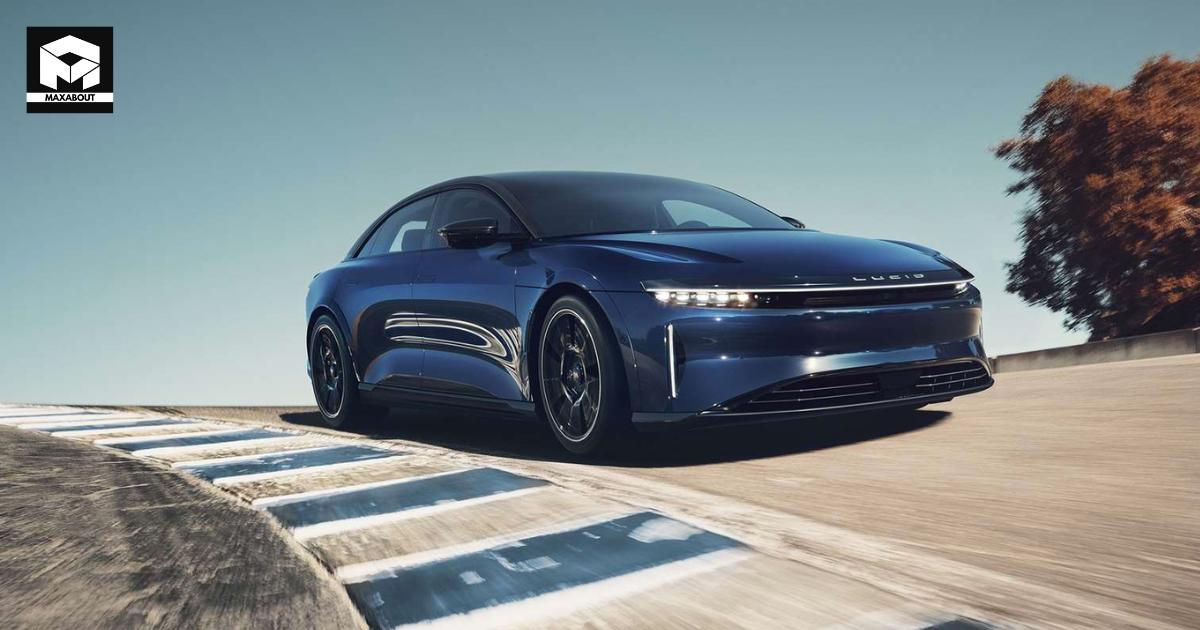
Fisker Ocean Extreme: Carving a niche as an affordable option, the Fisker Ocean Extreme starts at $38,000 and is characterized by a ground-up design. Offering around 364 miles of range, it stands out with unique features such as an airline-like fold-down table for the driver, adding practicality and aesthetic appeal.
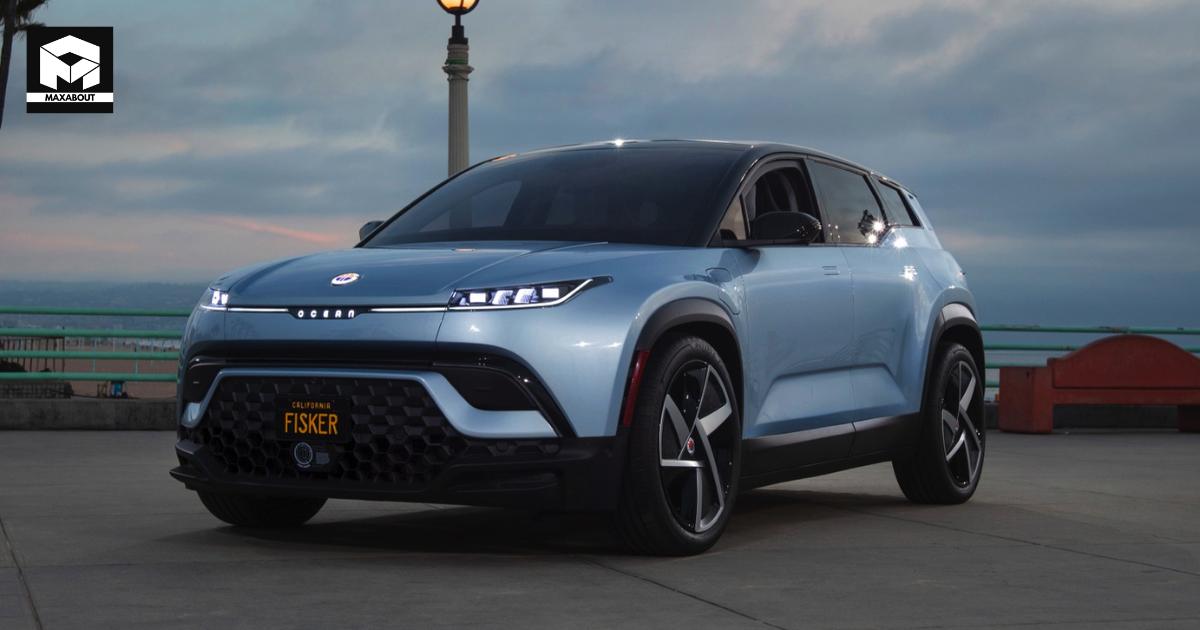
Rivian R1S/R1T: Representing the fusion of versatility and advanced technology, the Rivian R1S SUV or R1T pickup presents a range of up to 410 miles. Notably, it introduces a four-motor option, enhancing performance, particularly in off-road conditions. Priced in the mid-$80,000 range, it includes distinctive features like a slide-out RV-type tray.
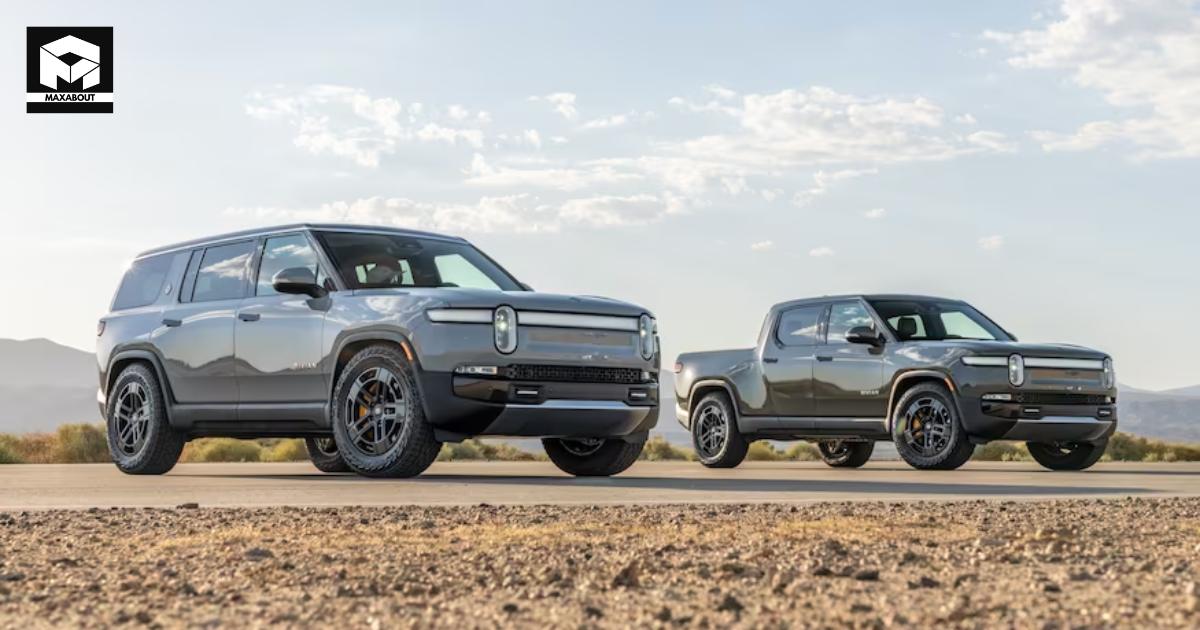
Zeekr 001: This Chinese electric car, though unavailable in the U.S., deserves recognition for its aesthetic appeal and impressive specifications. With a substantial range of about 640 miles and a starting price under $40,000, it exemplifies a remarkable bargain. While it may not be accessible in the U.S., its characteristics align with the anticipated Polestar 4, expected to be available stateside, starting at around $60,000.
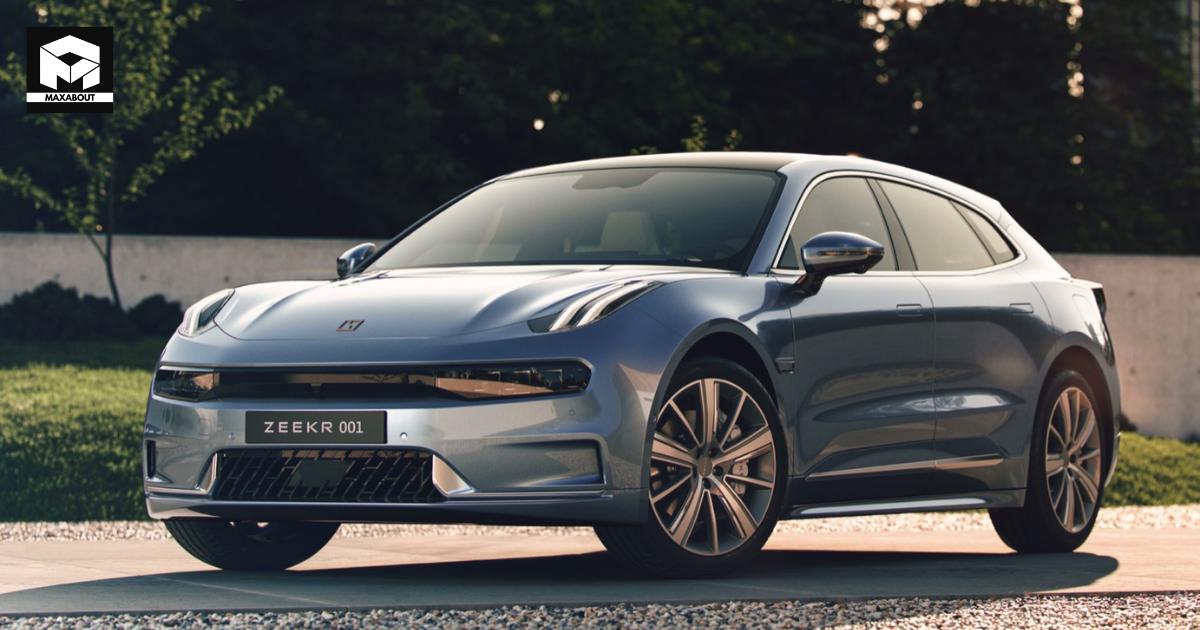
The Fisker Ocean emerges as the preferred electric car based on personal needs. The reluctance to consider legacy U.S. car companies stems from their approach, often resulting in more expensive and less performant electric cars compared to offerings from more specialized electric car manufacturers. Despite the challenges, the electric car market is evolving, with advancements and an expanding array of options anticipated in the years to come. The industry's transformative journey, while complex, promises a future landscape characterized by greater innovation and sustainable mobility solutions.

